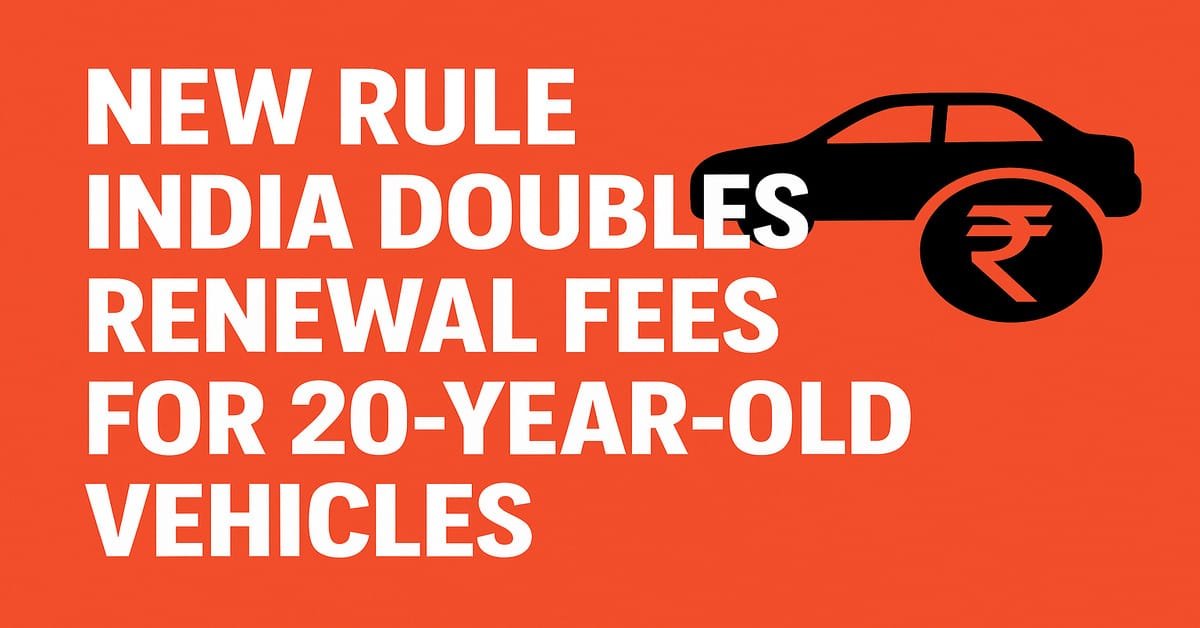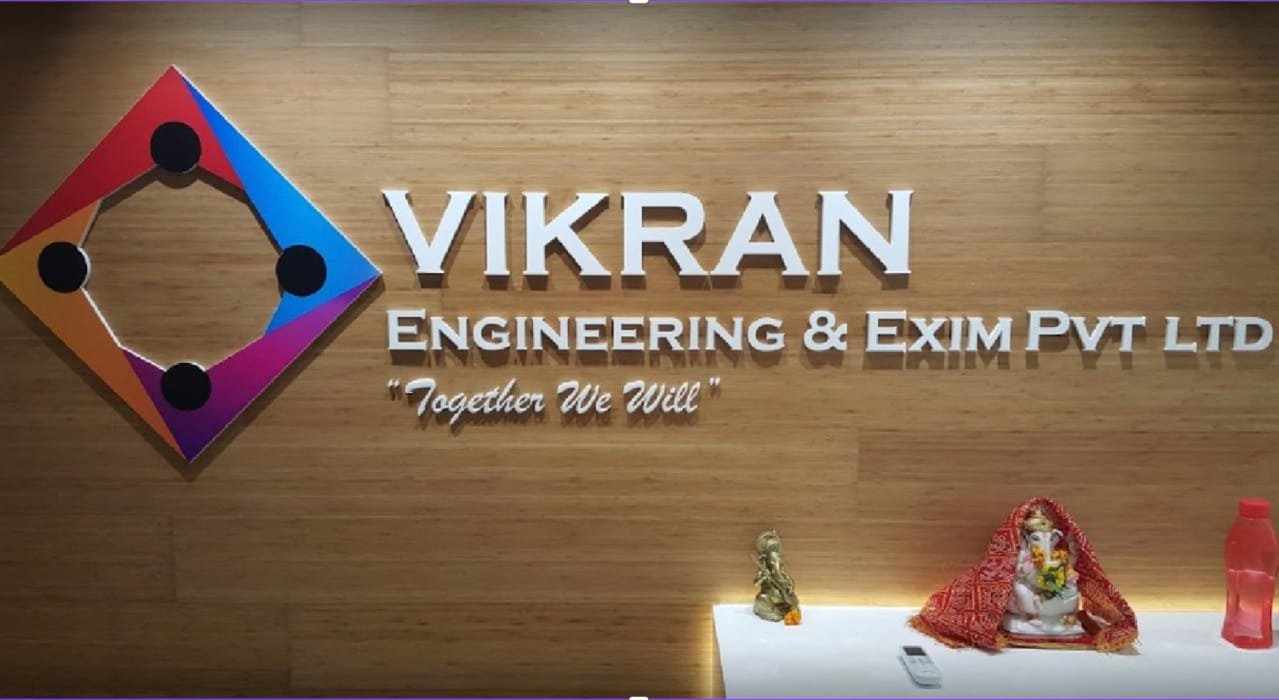If you own a car, bike, or any vehicle that is more than twenty years old in India, there is an important new rule you need to know about. From August 20, 2025, the Ministry of Road Transport & Highways has increased the renewal fees for older vehicles, making the charges twice as high as before. This isn’t just a simple price change; it’s a key part of a larger plan by the government to tackle the country’s serious pollution problem and encourage people to move away from older, more polluting technology.
For a long time, the discussion around older vehicles in India, especially in big cities like Delhi, has centered on their impact on air quality. The government has now taken a significant financial step to address this. The renewal charge for a light motor vehicle, like a Maruti Suzuki Alto or Hyundai i10, used to be ₹5,000. Now, it will be Rs 10,000. The cost for motorcycles has gone up from Rs 1,000 to Rs 2,000, and for three-wheelers, it has increased from Rs 3,500 to Rs 5,000.
The most substantial increase, however, is for imported vehicles. If you own an imported four-wheeler that is over 20 years old, the renewal fee has skyrocketed to a massive Rs 80,000. It is crucial to remember that all these new fees are exclusive of GST, meaning the final amount you pay will be even higher.
So, why has the government decided to do this? The core reason is the environment. The policy is specifically designed to discourage the use of vehicles that follow very old emission standards, known as pre-BS-II norms. These standards were in place over two decades ago, and vehicles made then emit a far greater amount of harmful pollutants-like nitrogen oxides and particulate matter-compared to modern cars that follow the current BS-VI standards. The government estimates that vehicles are responsible for a staggering 40% of India’s overall pollution levels. By making it more expensive to keep these old vehicles running, the policy aims to push owners towards retiring them, ideally through the official Vehicle Scrappage Policy.
This move comes at an interesting time. Only a few days prior to this decision, the Supreme Court issued an interim directive instructing authorities in the Delhi-NCR region to refrain from taking any strict or “coercive” measures against owners of older petrol and diesel vehicles. This provided a moment of relief for many. The court’s action highlights the prolonged and complex nature of this issue, with restrictions on older vehicles in the capital enforced since 2014. The new fee hike shows that while the court may provide temporary pauses, the government’s broader policy direction towards phasing out old vehicles remains firm and clear.
One of the major changes in this revised rule is the adjustment of the age limit. Earlier, many rules and discussions often revolved around vehicles that were 15 years old. This new fee structure specifically targets vehicles over 20 years old, marking a shift in focus to the very oldest and most polluting part of the national vehicle fleet.
Why This Matters to You and the Nation
This policy carries major significance as it directly influences the financial choices of millions of vehicle owners across India. For a large number of people, the added cost of ₹5,000 or more at every renewal becomes a significant financial burden. It creates a powerful incentive.
Also Read: GST Reforms: GST Cut’s Impact on Indian Cars! Auto Sector Set for Price Drops?
Owners are now faced with a choice
They are left with two choices: pay a substantially higher fee to continue using their old vehicle, or opt to scrap it and switch to a newer, more environmentally friendly model. The ultimate goal is to reshape India’s roads. The government’s aim is to discourage the use of 20-year-old vehicles by making their upkeep costlier, thereby motivating people to switch to newer models that are significantly more eco-friendly. This could be a new car, a motorcycle with modern emission controls, or even an electric vehicle (EV). This move toward a cleaner transportation system is vital for safeguarding public health, as it reduces smog and minimizes the chances of respiratory problems in cities.
For the policy to be successful and fair, it is essential that the vehicle scrapping infrastructure is easily accessible and offers a transparent and good value for owners. Ensuring a simple and beneficial process for owners who choose to retire their old vehicles is essential. This new fee hike is a strong push, but its success will depend on how well the entire ecosystem-from awareness to scrappage facilities to options for new vehicles-works together for the common citizen.
To conclude, the increased renewal fees are more than just an extra charge; they serve as a firm statement from the government about the future of mobility in India. It signals a move toward a greener, more sustainable path, calling on every vehicle owner to play a role in addressing the nation’s pollution crisis.








